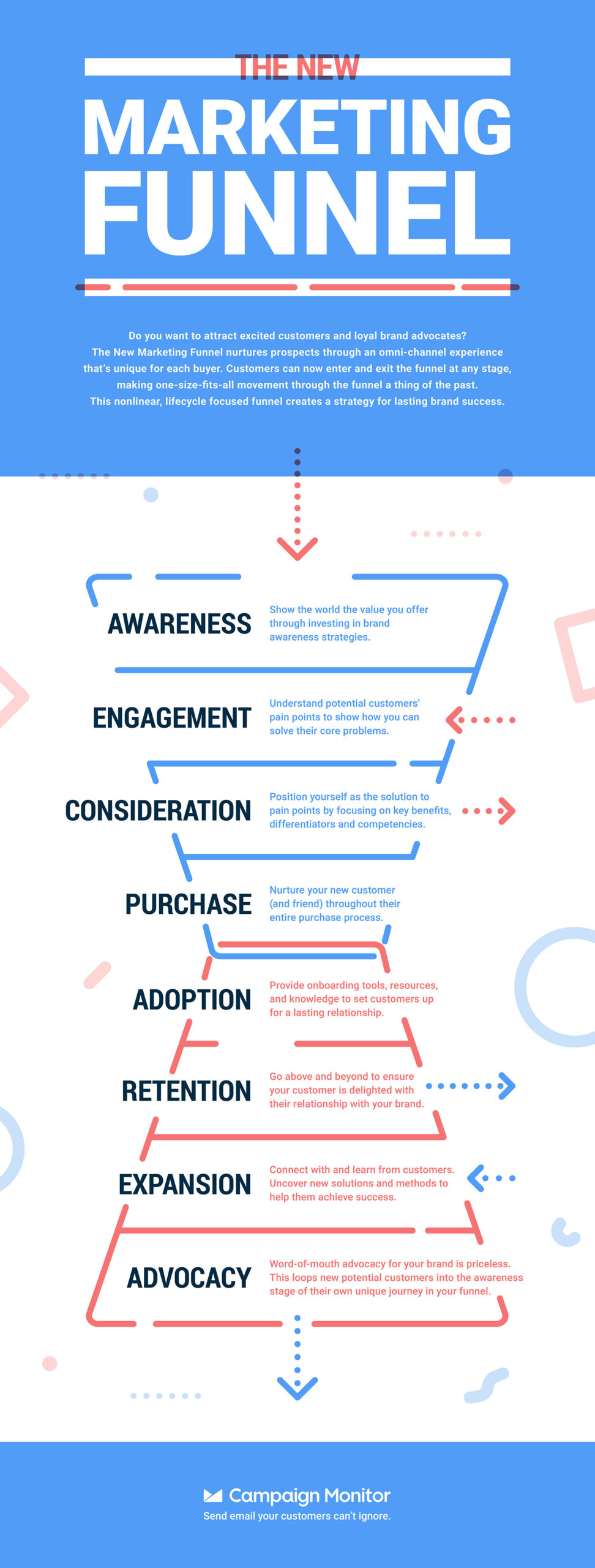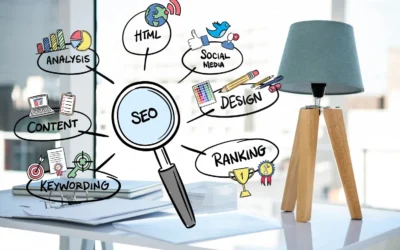It happened to me today, and the day before, and the one before it. I received multiple text updates that my package was several stops away. Then, I watched an Amazon delivery person set a box on my doorstep, take a picture of the box on my doorstep, and within seconds I received an email from Amazon letting me know my package has been delivered. They make it so darn easy to buy from them. Good for them; bad for my wallet.
The total customer experience. An omnichannel experience. The Amazon experience. And, they have ruined it for everyone because they deliver the ULTIMATE experience and that’s very difficult to do. Retailers and big box brands have been striving to meet customers’ expectations, and many have succeeded. This customer experience no longer is something that sets a company apart from their competition, it is expected and that’s where it gets tricky for B2B companies.
Welcome To The Consumerization of B2B
It’s not that B2B businesses need to have a retail cart on their website or shift their entire supply chain online. Rather, it’s a shift to remove barriers to efficiently and quickly purchase. In essence, this is why Amazon has brought in more than 75.5 billion dollars in sales in the first quarter of 2020, with 89% of its customers saying they are more likely to buy from Amazon than other e-commerce sites.*
So, how can B2B businesses begin to address this shift? Today, even the industry’s most traditional business practices are being inexorably pulled into the digital landscape. The quest for purchases and conversions comes down to adopting key best practices used by Amazon and B2C companies to simplify your buyer’s desire to do business with you. Below, we have broken down 3 key strategies that can immediately create a more B2C experience for both your current customers and prospective customers.
Search
In traditional B2B companies, outbound sales and marketing are the mainstay approach for identifying new opportunities. Moving prospects from unaware to aware is often done through salesforce cold-calling or outbound digital communications. According to the Demand Gen Report, 61% of B2B decision-makers start the decision-making process with a web search and 77% of B2B purchasers say they won’t even speak to a salesperson until they’ve done their own research. What can you do to ensure prospects can find you and get to know your solutions quickly and efficiently?
Some of your initial considerations should include:
- Keywords – The search terms on each level of decision-making will be different. On the initial level, searchers may make comprehensive requests while other users may search for more exact keywords to meet individual specifications.
- User Intent – Google’s algorithms are good enough now that keywords are almost worthless without considering the user’s intent. Do they want to buy or learn? Create content that answers the question behind the keyword.
- Content-Type – Understand who your audience is and then create the right type of content for them.
To learn more about smart SEO strategies, visit our recent post: What The Indy 500 Teaches Us About SEO
Speed
Customers are used to their at-home purchase experience, with companies like Amazon, who make it ridiculously easy and fast to quickly find a solution and resolution.
Customers also expect a fast response in an instant gratification world. Remember, the average person’s attention span in today’s world is only 10 seconds! Consider using Chatbots, which can handle any customer query, at any time, on a global scale. They can ensure that leads generated to reach your sales teams get to them as soon as possible. Sophisticated chatbots can process orders or address service-related queries on complex products. The promptness of your response can go a long way towards closing your deal in a short time.
Transparency
A recent survey from Futurum Research, in cooperation with SAP, found that B2B buyers crave more transparency and freedom in their buying process. Having a clear understanding of the solution and experiencing its functions in a hands-on, real-world way is critical to the decision-making process. Even more so, 88% of respondents cited price transparency as either the most important or an important advantage of a digital-buying program.
Today you can track your Amazon delivery, from where the driver is, to what time it will reach your door. In a B2B world, visibility along the entire process is critical to customers. Providing information on product availability, pricing, delivery, and service remove buying barriers that improve their experience with you.
Consider adding a robust client portal where you can connect the supply chain to the demand chain for the ultimate customer experience.
It Starts With Defining Your Customer’s Journey
It starts with taking a fresh and in-depth look at your customers and their needs. What are the pain points that disrupt the positive experience? What are the customer’s needs, and how do you address those today on your website and in-person? By looking at the ‘opt-out’ points of the buyer’s journey, you will identify the critical data necessary to implement robust search, speed, and transparency throughout the path to purchase. Then, audit your current website and sales processes to ensure you are addressing your prospective and existing customers’ needs.
Our team is happy to provide a user experience audit and path-to-purchase audit to help you identify clear and simple strategies to move toward creating an Amazon experience.






